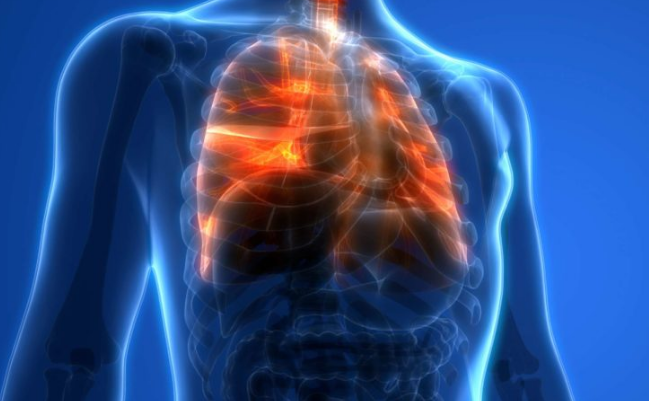Chronic Lower Respiratory Disease: An Overview
What is CLRD?
Chronic Lower Respiratory Disease (CLRD) is a severe illness affecting millions of people. It is currently the fourth leading cause of death in the United States and is projected to move into third place nationwide by 2021. However, mortality rates for the top two leading causes of death in the state and nation are heart disease and cancer, respectively, are decreasing, deaths from CLRD continue to rise.
CLRD comprises three significant diseases, i.e., chronic bronchitis, emphysema, and asthma. Their main characteristic is shortness of breath caused by airway obstruction, which is irreversible in chronic bronchitis and emphysema but is reversible in asthma. CLRD was previously referred to as Chronic Obstructive Pulmonary Disease (COPD), according to the International Classification of Diseases, as used by the World Health Organization (WHO). This classification was revised in 1999, and the classification refers to COPD as chronic bronchitis and emphysema only, and CLRD is used to refer to chronic bronchitis, emphysema, and asthma.
Main Causes
The leading cause of CLRD is cigarette smoking, which accounts for about 80% of cases. In addition to this, the exposure to air pollutants at home, workplace, respiratory infections, and genetic factors also play a significant role in developing the chronic lower respiratory disease as cited by the Centers for Disease Control and Prevention (CDC).
Symptoms
The typical symptoms of CLRD include:
- Shortness of breath
- Wheezing
- Increased mucus (sputum) production
- Chronic cough
- Racing heartbeat
- Fatigue
However, the additional symptoms vary and depend upon the root cause, including:
- Chronic obstructive pulmonary disease (COPD): A limitation of airflow to the lungs.
- Emphysema: Type of COPD1 where some of the air sacs in the lungs are damaged.
- Chronic bronchitis: Lining of the lungs’ airways are swollen and red and swollen, similar to that in chronic bronchitis,
- Asthma: The airways are highly sensitive to triggers like smoke and pollen.
- Occupational lung diseases: Often includes recurrent respiratory infections to coughing up blood upon exposure to smoke or random air pollution.
Diagnosis and Treatment
The primary diagnosis consists of thorough physical exams and an assessment of intake history and lung function. Each condition requires specific testing, but to narrow down the diagnosis, a combination of the following may be used:
- Blood Tests: Arterial Blood Gases (ABG) and Complete Blood Count (CBC).
- Lung Function Tests: Peak Expiratory Flow Rate (PEFR) and Spirometry.
- Chest X-Rays
- Pulse Oximetry
- Exercise Capacity
The treatment depends and varies as per the severity of the illness. Smokers are advised to quit immediately, as it could aid the treatment process. Avoid contact with second-hand pollution, and be careful when you go out as any amount of air pollution may trigger severe symptoms. Wearing a mask outside helps a lot around trigger substances. However, specific symptoms like coughing, wheezing, and high blood pressure can be treated with the right medications, and patients with low blood oxygen levels may require supplemental oxygen.
Your doctor will help you create a pulmonary rehabilitation program focused on your specific disease management needs, which boost your quality of life.
This article’s statements are not intended to diagnose, treat, cure, or prevent any disease. Consult with your doctor before making any change to your diet or beginning an exercise program.

